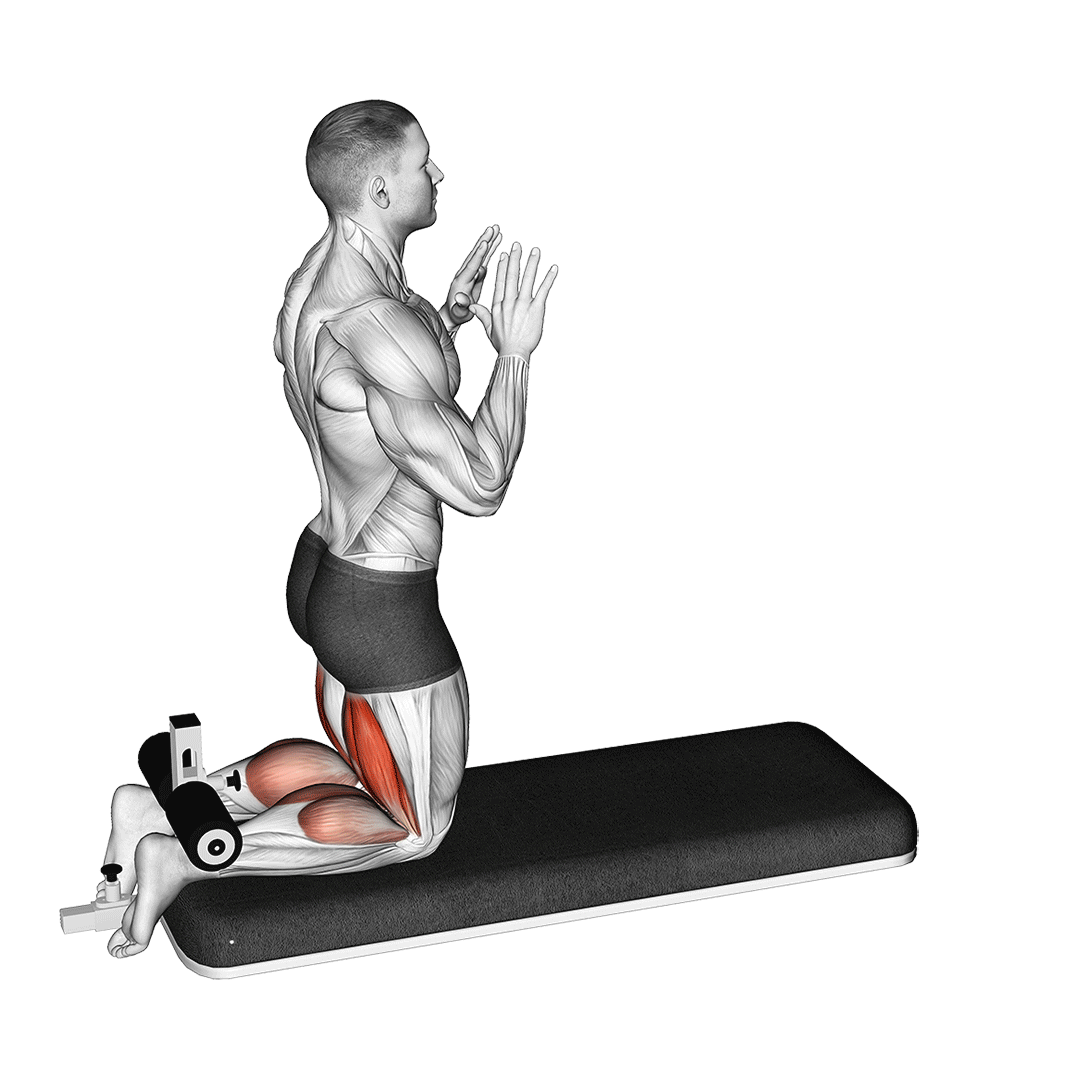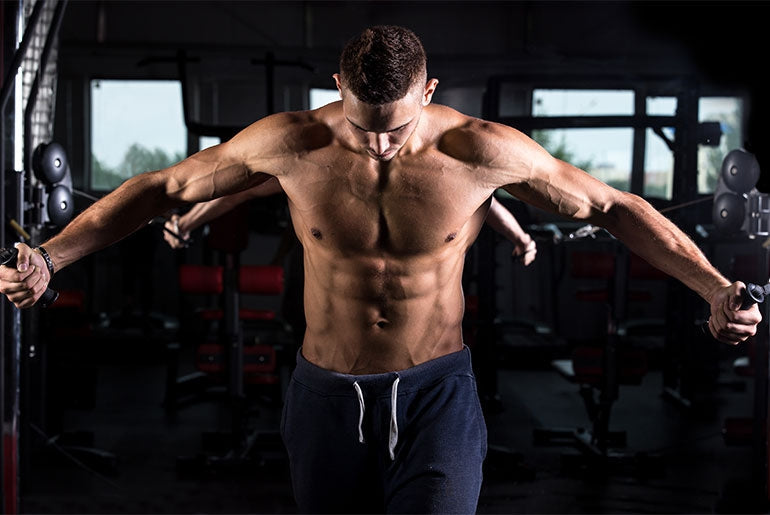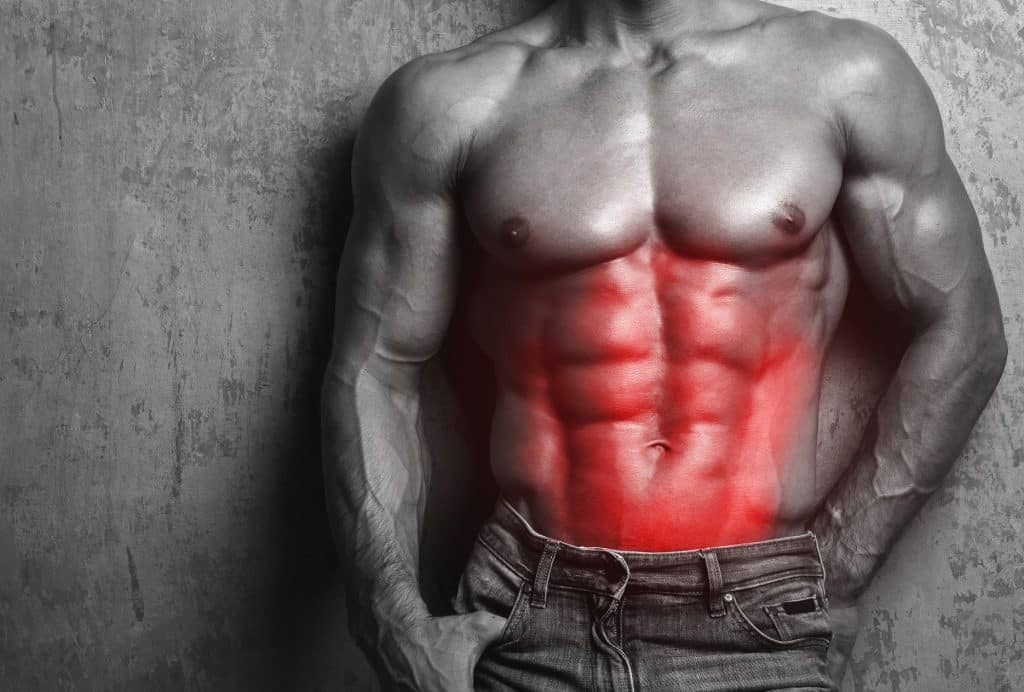You're on a quest for stronger, more powerful legs and improved athletic performance, enter Nordic curls, the often-overlooked exercise that can unlock a world of benefits for your fitness journey. In this comprehensive guide, we will delve deep into the world of Nordic curls, exploring their history, benefits, techniques, and more.
Nordic curls, also known as "natural leg curls" or "Russian curls," are a challenging bodyweight exercise primarily targeting the hamstrings. Originating in Scandinavia, this exercise is a powerhouse for enhancing hamstring strength, athletic performance, and injury prevention.
What Are Nordic Curls?
Nordic curls involve lowering your upper body while keeping your lower body anchored, creating a potent isometric contraction in the hamstrings.
The roots of Nordic curls trace back to Scandinavian athletes who used them for leg strength and speed enhancement. This exercise has since gained recognition worldwide.
The primary focus of Nordic curls is the hamstring group, comprising the biceps femoris, semitendinosus, and semimembranosus. These muscles play a crucial role in knee flexion and hip extension.
Benefits of Nordic Curls- Scientific studies confirm that Nordic curls are highly effective for hamstring strengthening. In fact, a study published in the "Journal of Strength and Conditioning Research" showed that Nordic curls elicited higher hamstring activation compared to other common exercises.
- Whether you're a sprinter, soccer player, or weightlifter, stronger hamstrings translate into better performance. Nordic curls improve speed, agility, and power, making them a favorite among elite athletes.
- According to a review in the "Journal of Sports Science & Medicine," regular inclusion of Nordic curls can significantly reduce the risk of hamstring injuries. These exercises reinforce the hamstrings, making them more resilient.
- Nordic curls complement your leg workout routine, ensuring that both the quadriceps and hamstrings receive equal attention. This balance is essential for overall leg strength and aesthetics.
Nordic Curls Proper Form and Technique
How To perform Nordic curls
- Kneel on a soft surface with your feet anchored.
- Slowly lower your upper body to the ground, using your hamstrings to control the movement.
- Keep your back straight and return to the starting position.
Safety Tips to Consider While Doing Nordic Curls
It's crucial to ease into Nordic curls, as they can be intense. Never sacrifice form for the number of repetitions. Gradually increase the range of motion as you become more proficient.
Beginners might need assistance from a partner who can hold their ankles. Alternatively, you can secure your feet under heavy equipment to support your body weight.
Nordic Curls Progressions and Variations
As your strength and proficiency grow, you can advance your Nordic curl routine with various progressions and modifications. These include single-leg Nordic curls, weighted Nordic curls, and other creative variations. Single-leg Nordic curls challenge your balance and isolate each hamstring, promoting even greater strength development.
Weighted Nordic curls add intensity to your workout. You can hold a weight plate to your chest or wear a weighted vest to increase resistance. These modifications are particularly beneficial for advanced athletes seeking continuous improvement.
Training Programs and Integration
- An effective training program could include Nordic curls twice a week, performing 3 sets of 8-12 repetitions. This complements your existing lower-body exercises.
- Nordic curls can be combined with squats, deadlifts, and lunges for comprehensive leg development. Ensure you maintain balance and avoid overtraining.
Injury Prevention and Precautions
- Nordic curls can put a substantial load on your hamstrings. Individuals with existing hamstring injuries or imbalances should approach them with caution or under professional guidance.
- Incorporate hamstring-specific prehab exercises into your routine to prevent injuries. Focus on stretching and strengthening the hamstrings to maintain flexibility and balance.
- Those with back issues or joint problems should consult a physician or physical therapist before attempting Nordic curls to determine if modifications are necessary.
Nutrition and Recovery for Nordic Curls
- Adequate post-workout nutrition is essential for muscle repair and growth. Consume a combination of protein and carbohydrates to replenish glycogen stores and aid muscle recovery.
- Staying hydrated is crucial. Dehydration can lead to muscle cramps and injuries. Consume plenty of water throughout your workouts and recovery period.
- Muscle recovery takes place during sleep. Aim for 7-9 hours of quality sleep each night to maximize your gains from Nordic curls.
FAQ’s related to Nordic curls
Here are some frequently asked questions (FAQs) regarding Nordic curls:
Can you do Nordic curls without equipment?
Yes, you can perform Nordic curls without equipment. You don't necessarily need a specialized machine for this exercise. Instead, you can use a sturdy anchor point to secure your feet, such as a barbell rack, weight bench, or have a partner hold your ankles. The key is to create resistance by anchoring your feet and controlling the movement with your hamstrings.
How do you do a Nordic hamstring curl without a machine at home?
To perform Nordic hamstring curls without a machine:
- Kneel on a soft surface with your feet securely anchored under a sturdy object or have a partner hold your ankles.
- Keep your hands crossed over your chest or extend them in front of you.
- Slowly lower your torso toward the ground, leading with your chest, and engage your hamstrings to control the descent.
- When you can't lower any further or you reach the floor, use your hands to push yourself back up. Repeat for the desired number of reps.
How do you replace Nordic curls?
If you're looking for alternative exercises to replace Nordic curls, consider the following:
- Glute-ham raises: This exercise is similar to Nordic curls and targets the hamstrings and glutes. You'll need access to a glute-ham raise machine or a specialized bench.
- Romanian deadlifts: This barbell or dumbbell exercise targets the hamstrings, lower back, and glutes.
- Leg curls on a machine: Using a leg curl machine at the gym can isolate and work the hamstrings effectively.
Do Nordic curls grow legs?
Nordic curls primarily target the hamstring muscles, which are part of the leg muscles. While Nordic curls can contribute to hamstring growth and overall leg development, they may not be the only exercise you need to grow your legs. For comprehensive leg growth, it's essential to include a variety of leg exercises that target different muscle groups, such as squats, lunges, and leg presses, in your workout routine. Additionally, proper nutrition and recovery are crucial factors in muscle growth.
Conclusion
Nordic curls offer a host of benefits, from enhanced hamstring strength to reduced injury risk. Whether you're an athlete or a fitness enthusiast, this exercise can elevate your leg game.
It's time to incorporate Nordic curls into your fitness routine. Start slow, focus on proper form, and watch your leg strength soar.
Remember, your fitness journey is a marathon, not a sprint. Nordic curls are your secret weapon for stronger, healthier legs. Begin today, and the results wilall speak for themselves.










